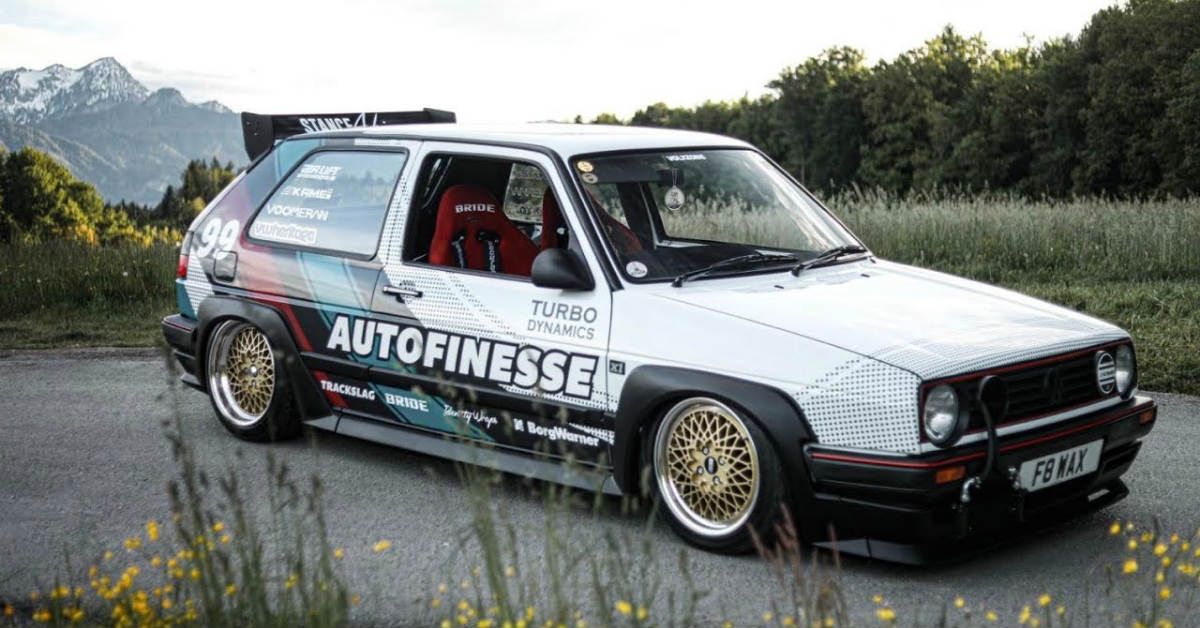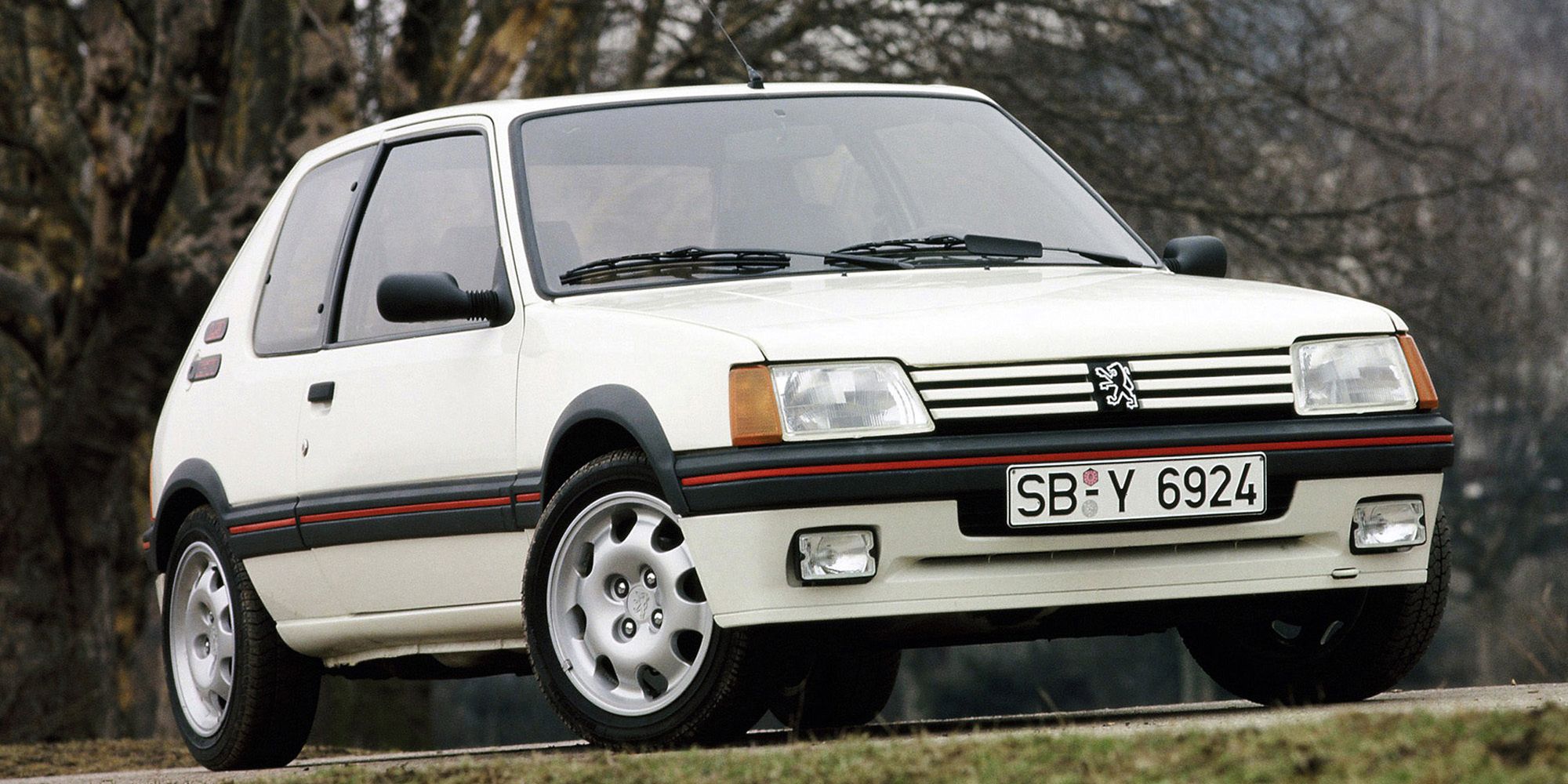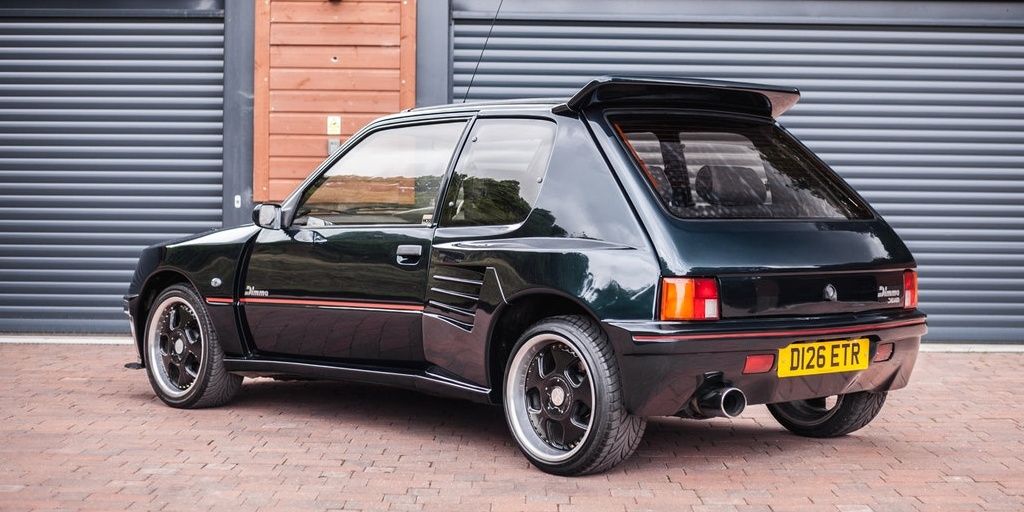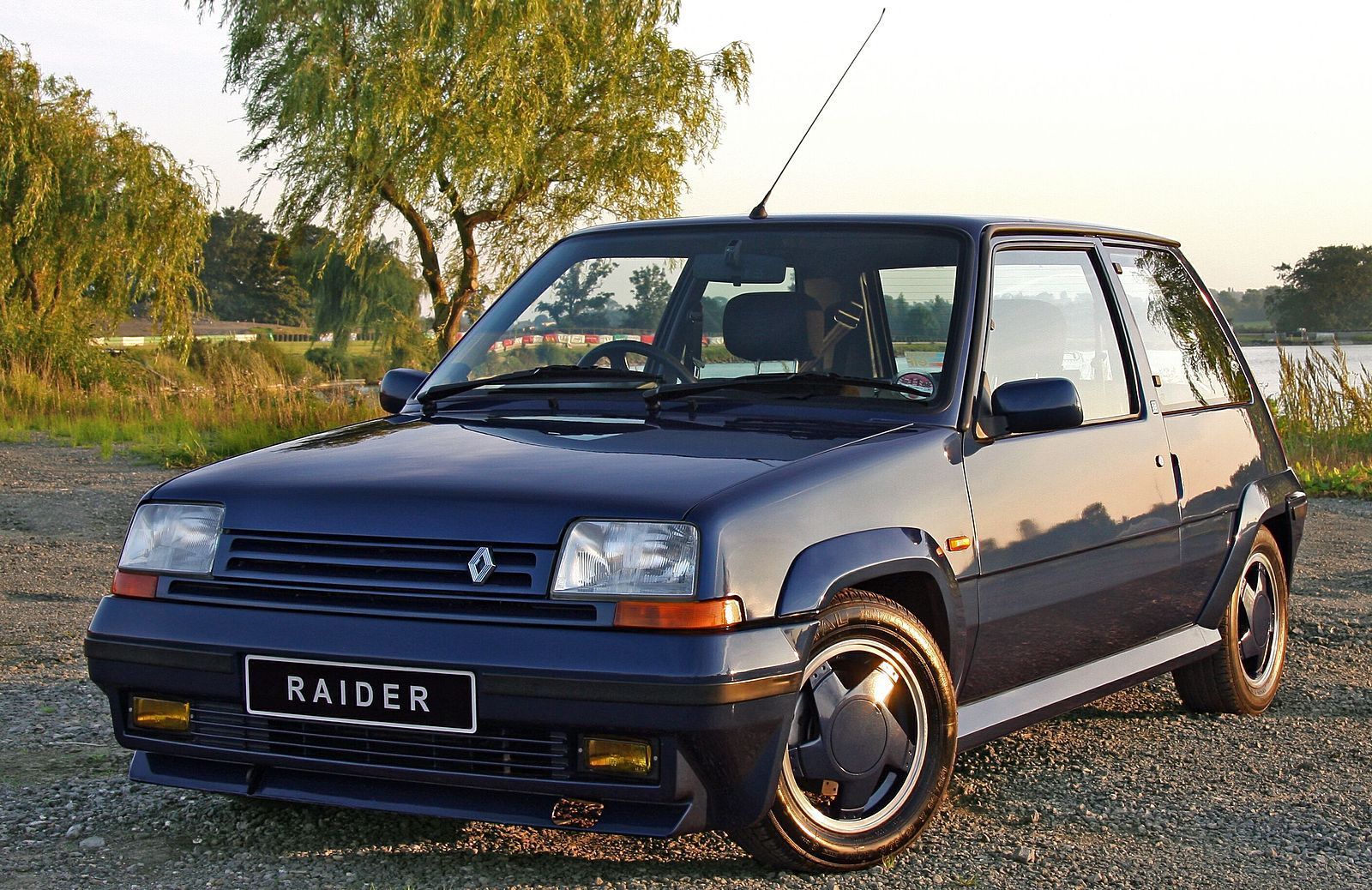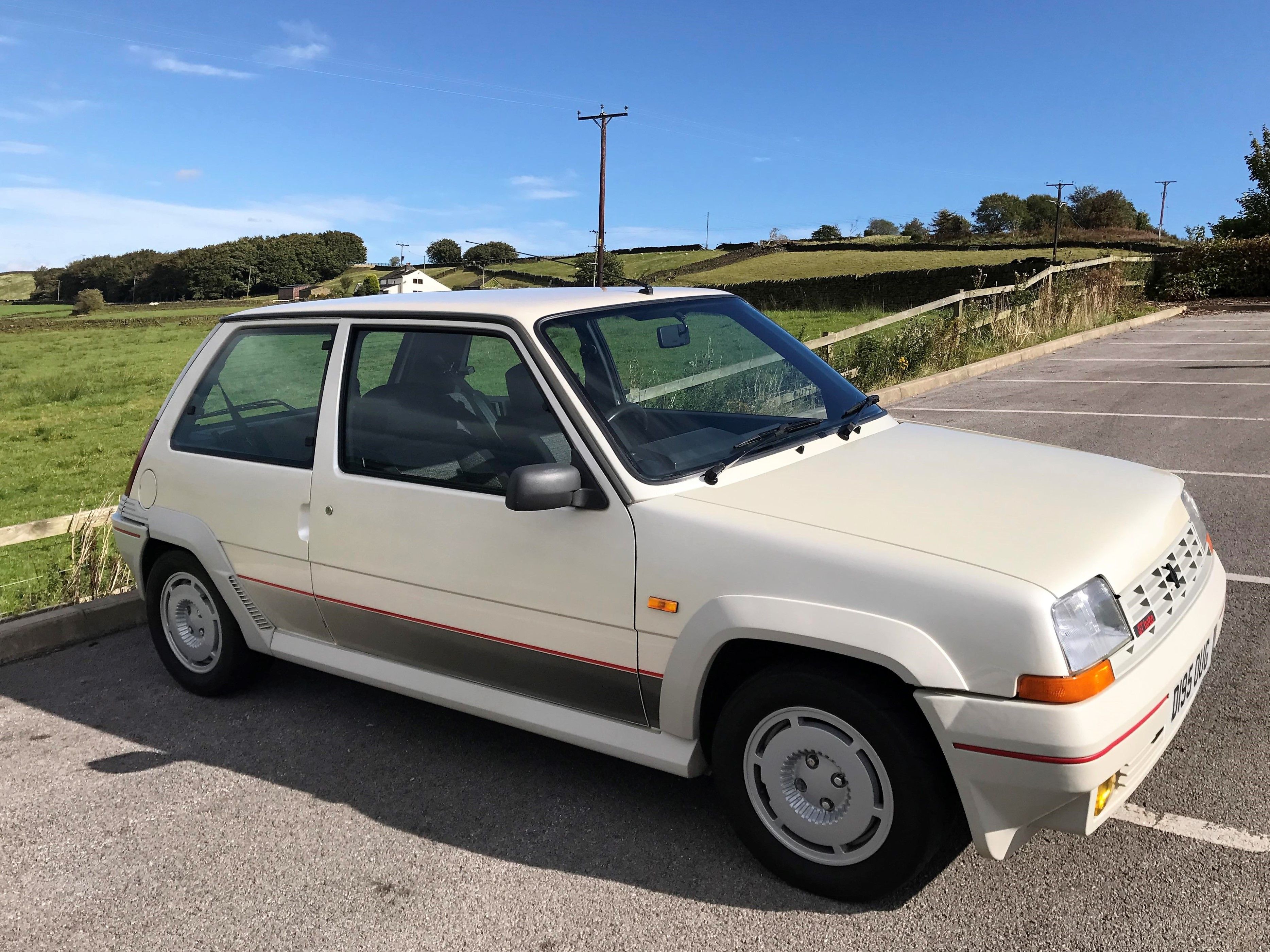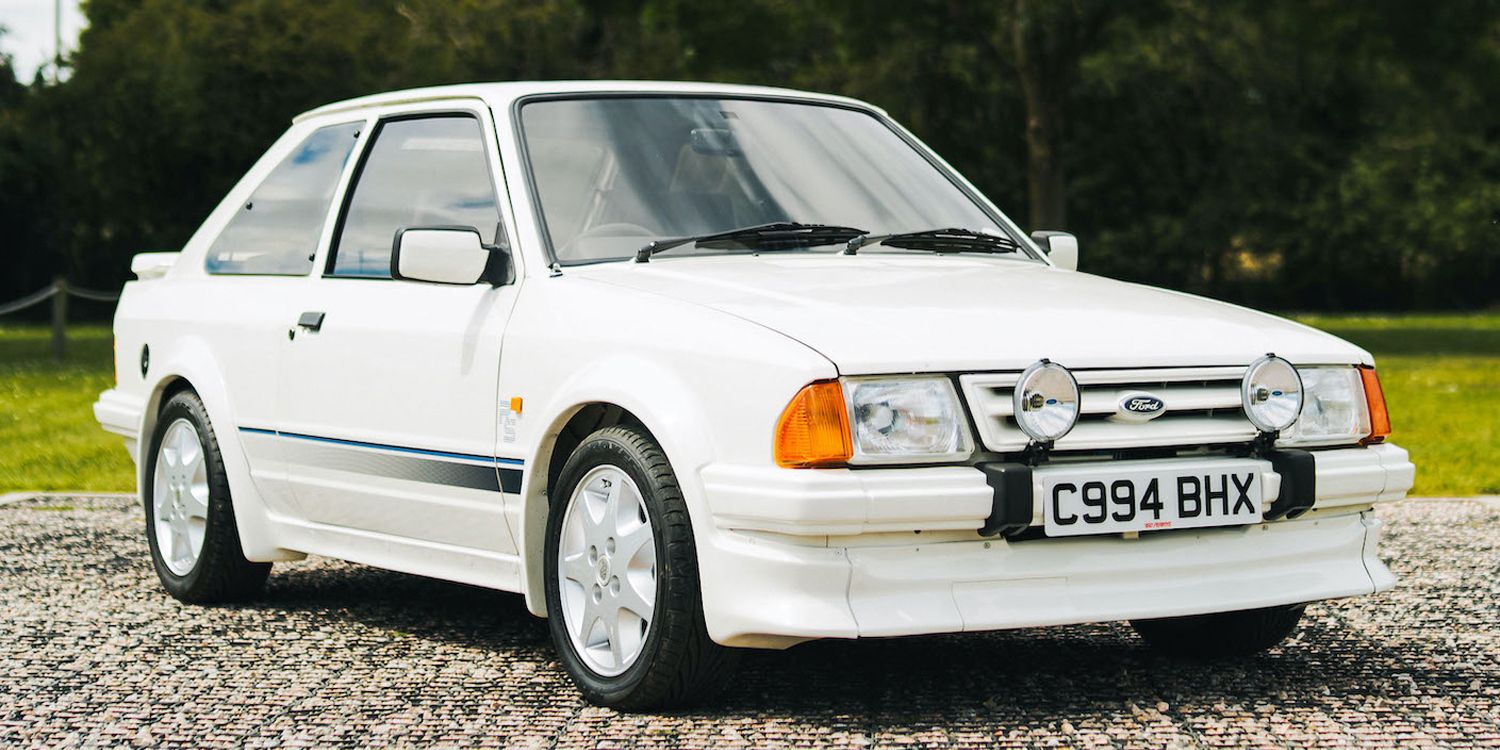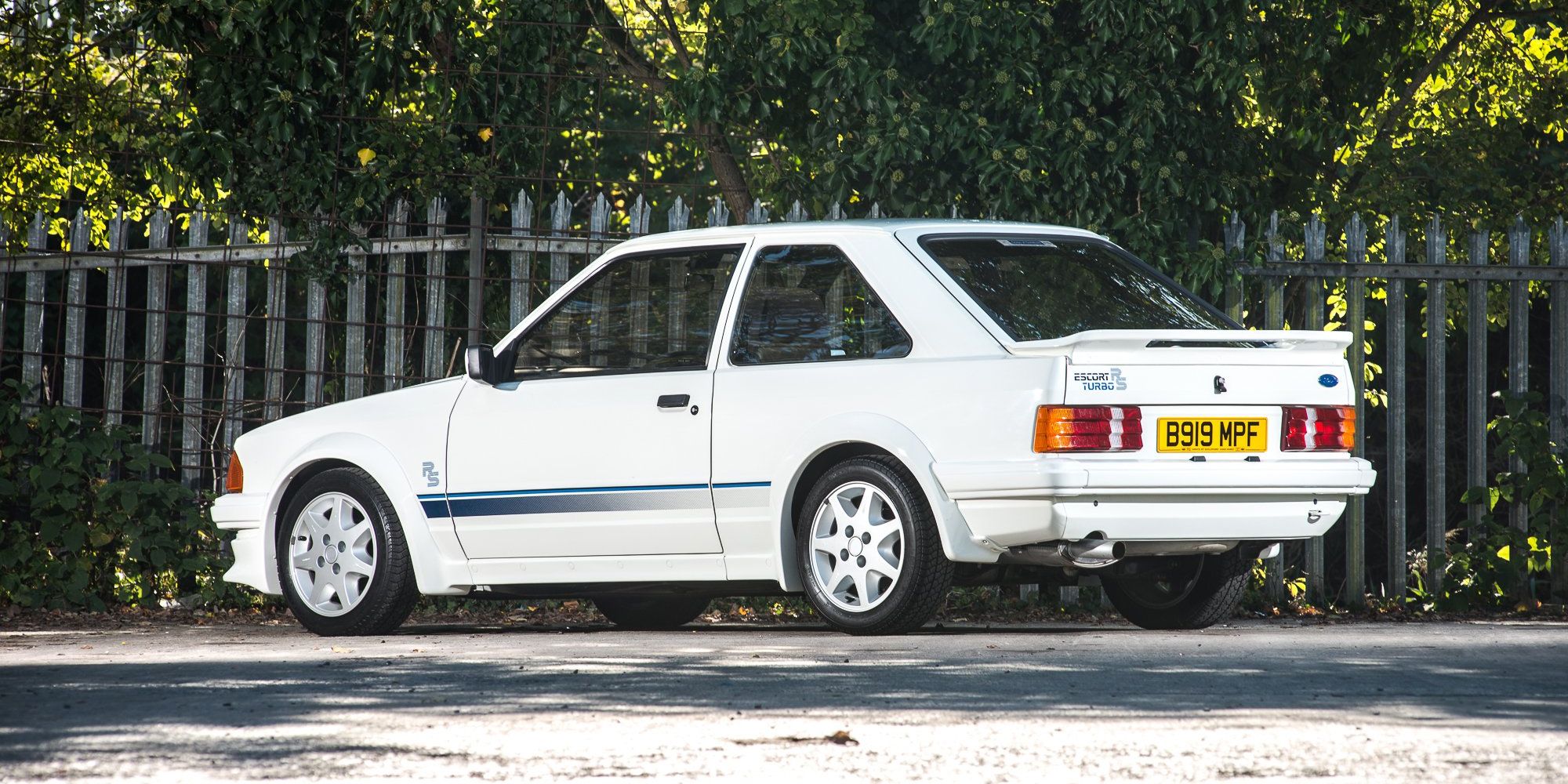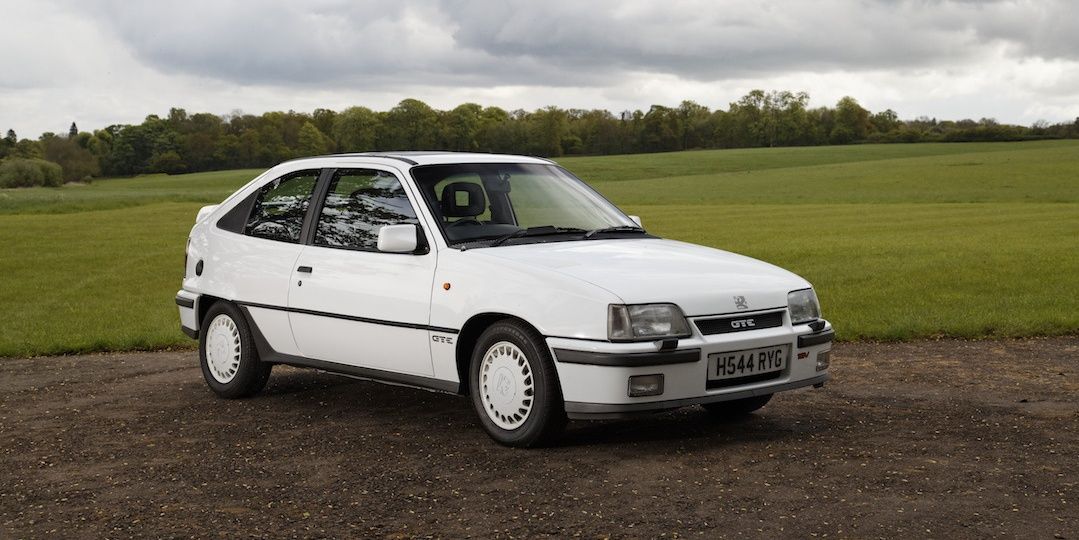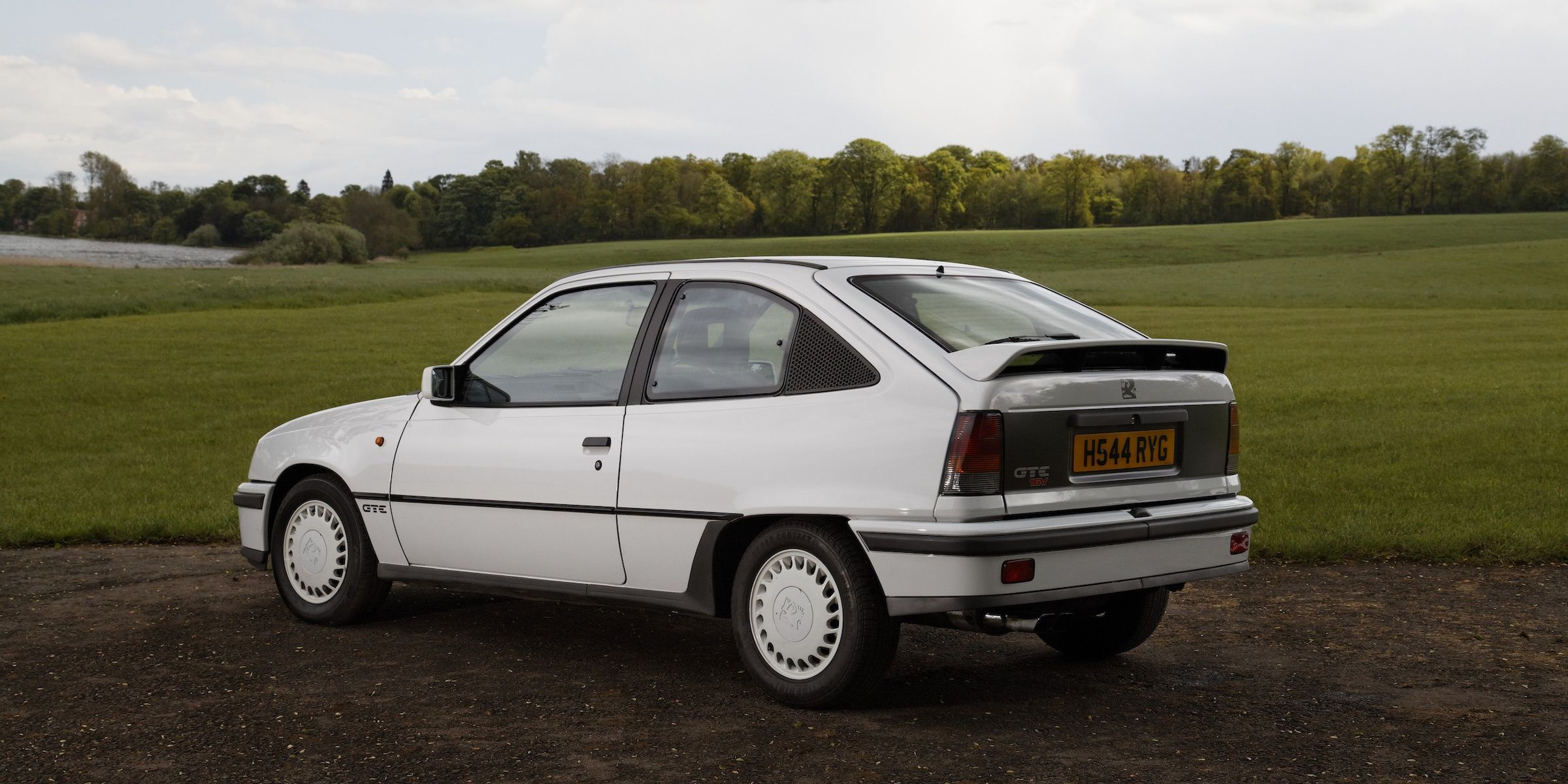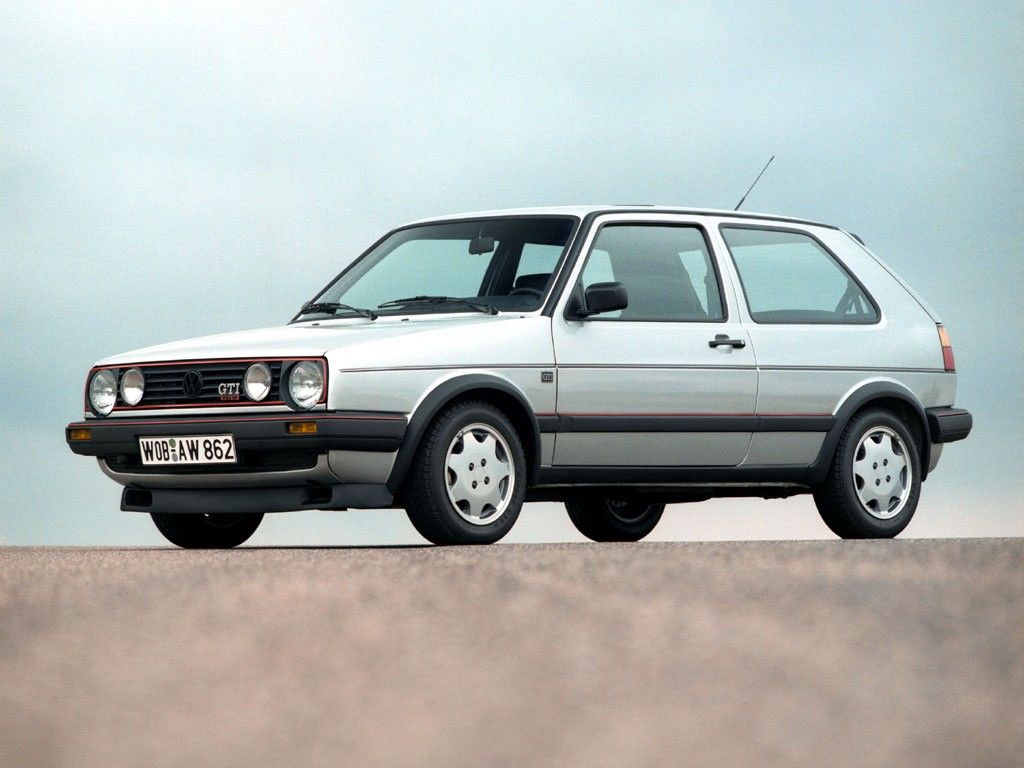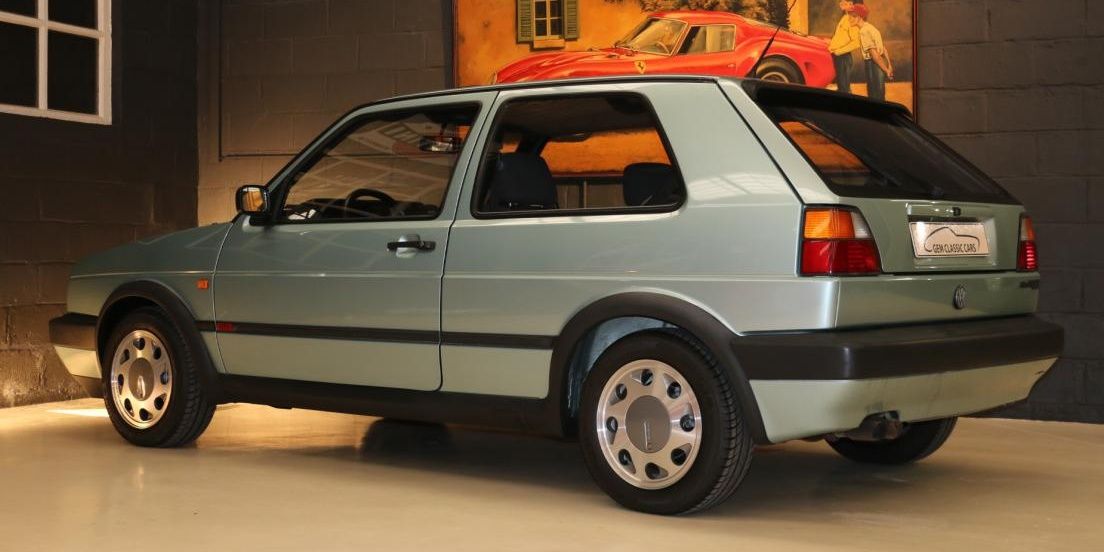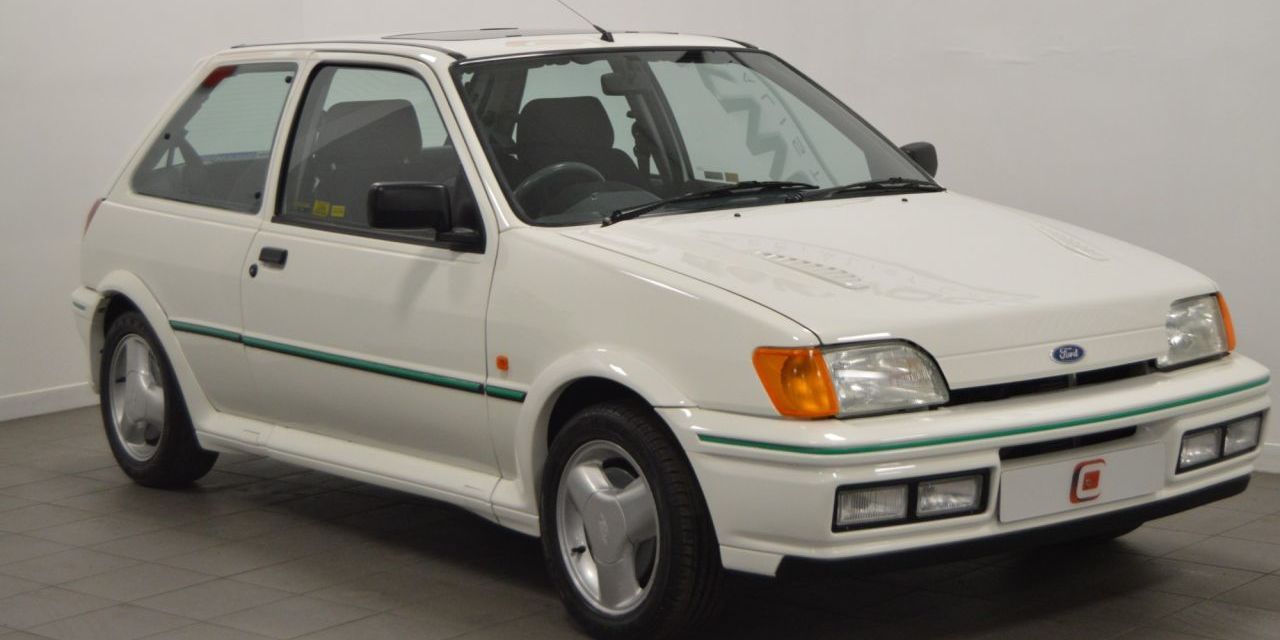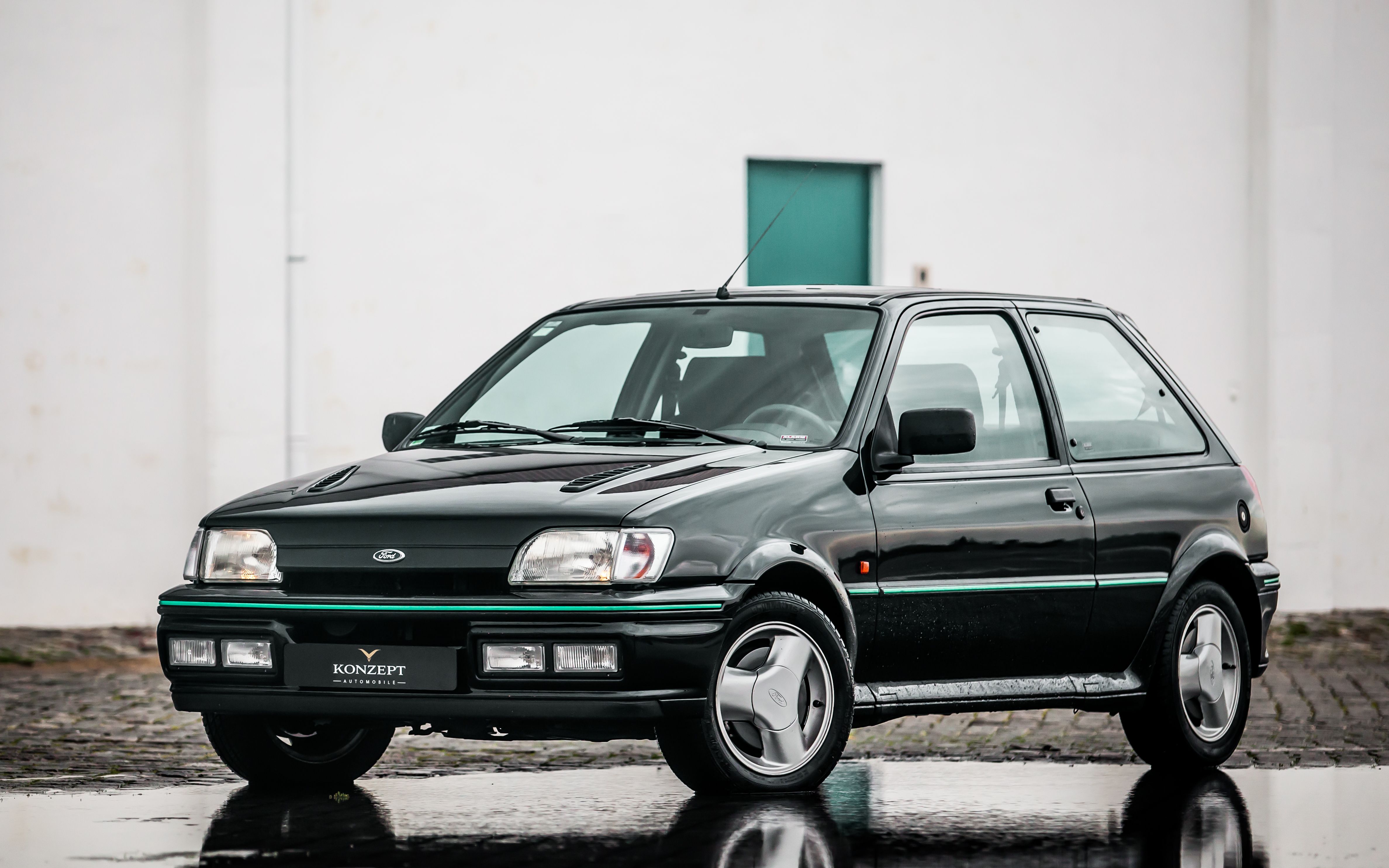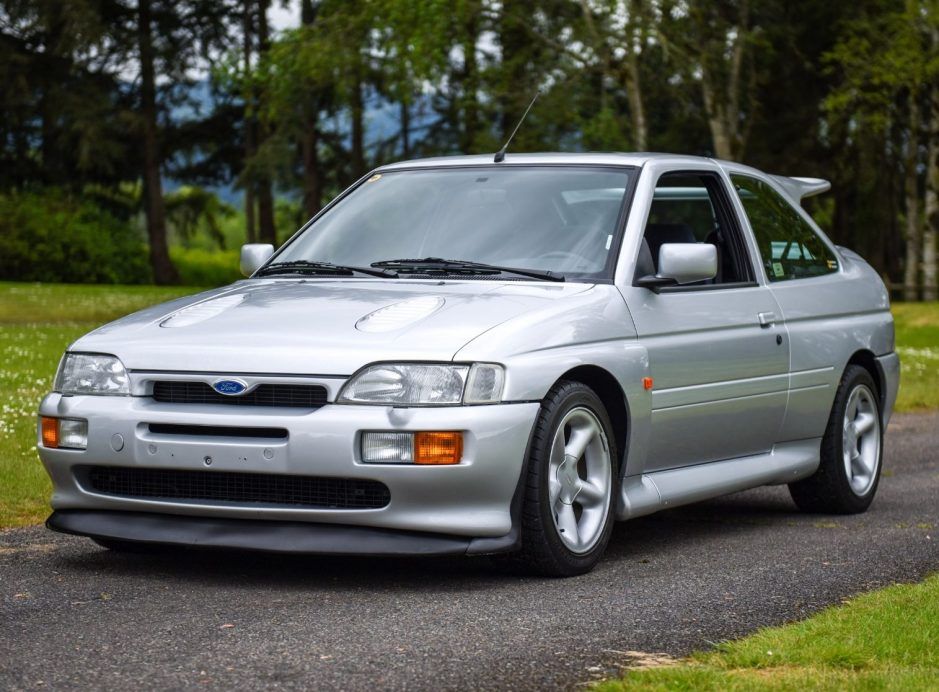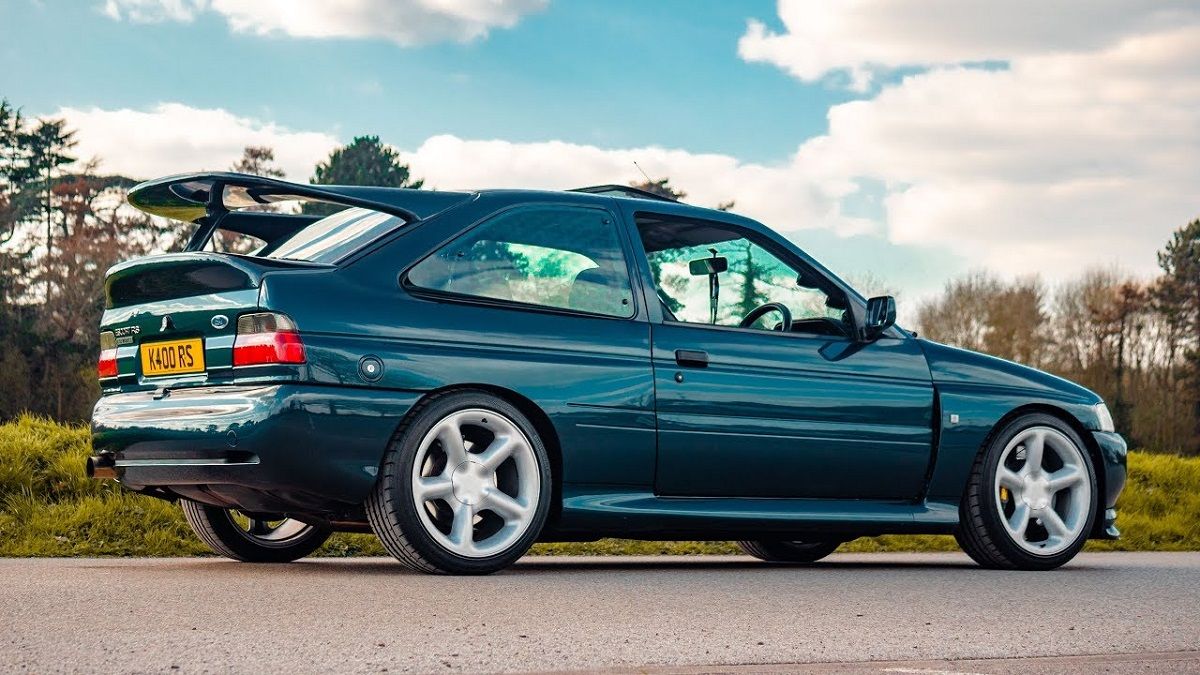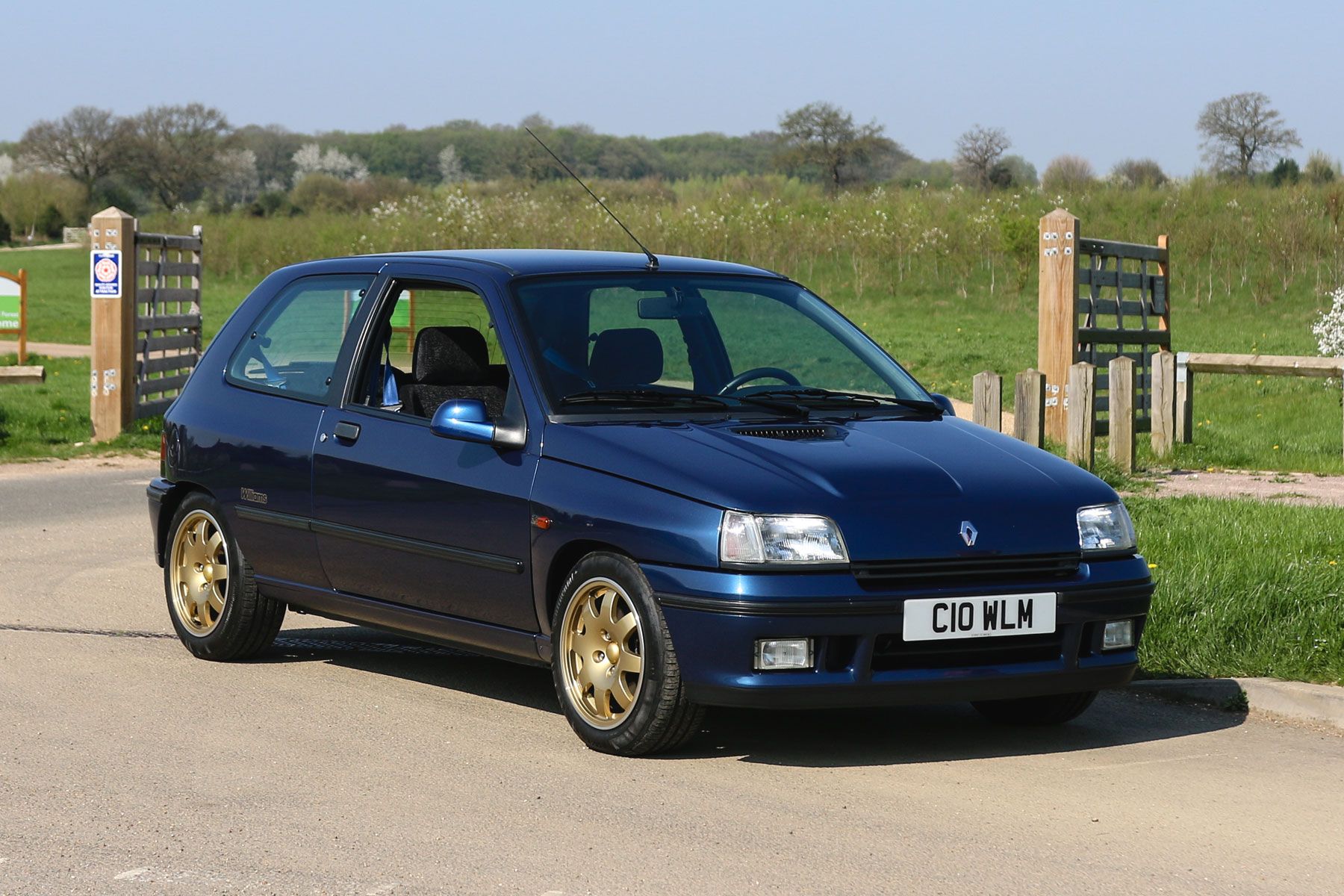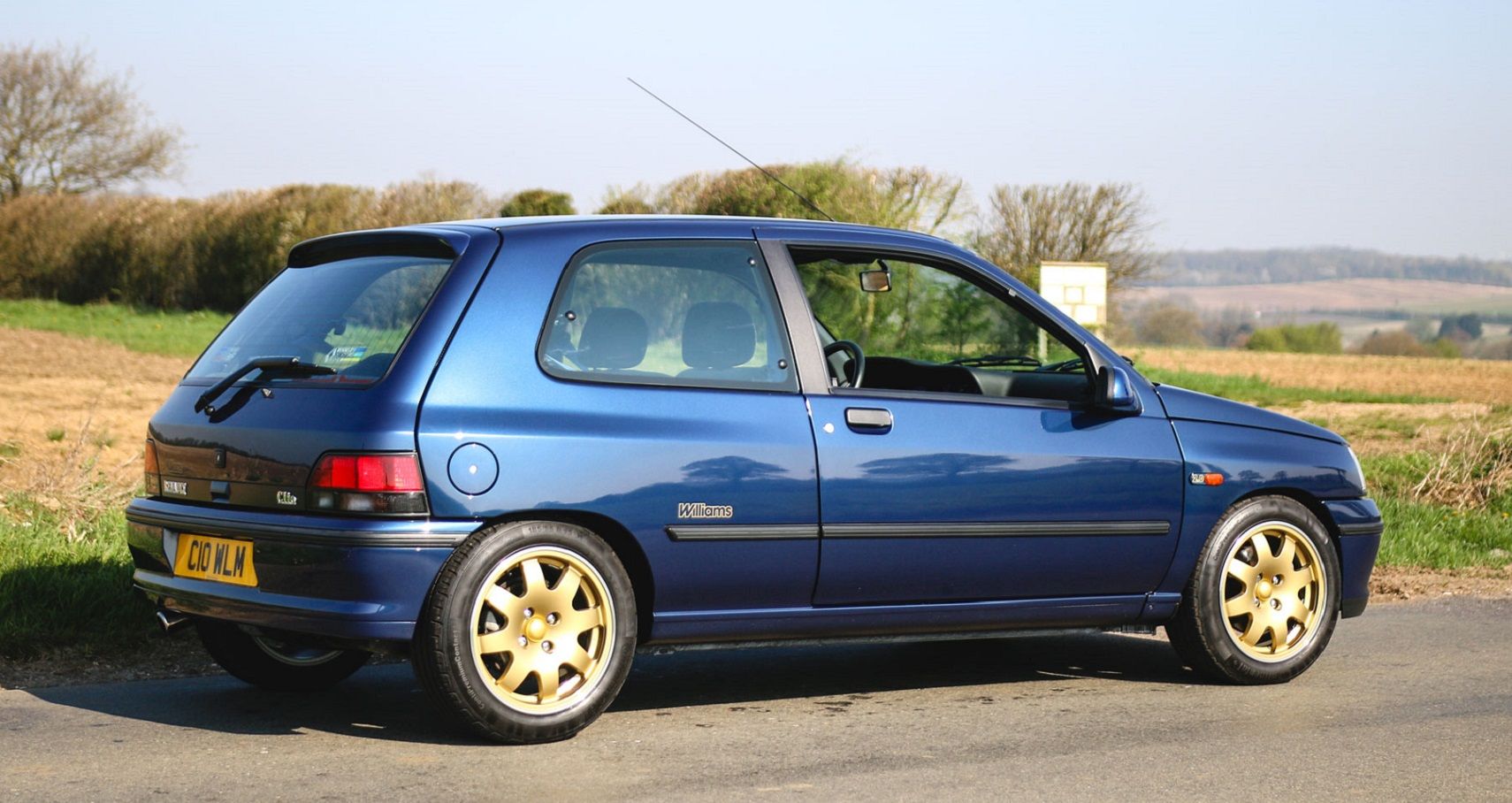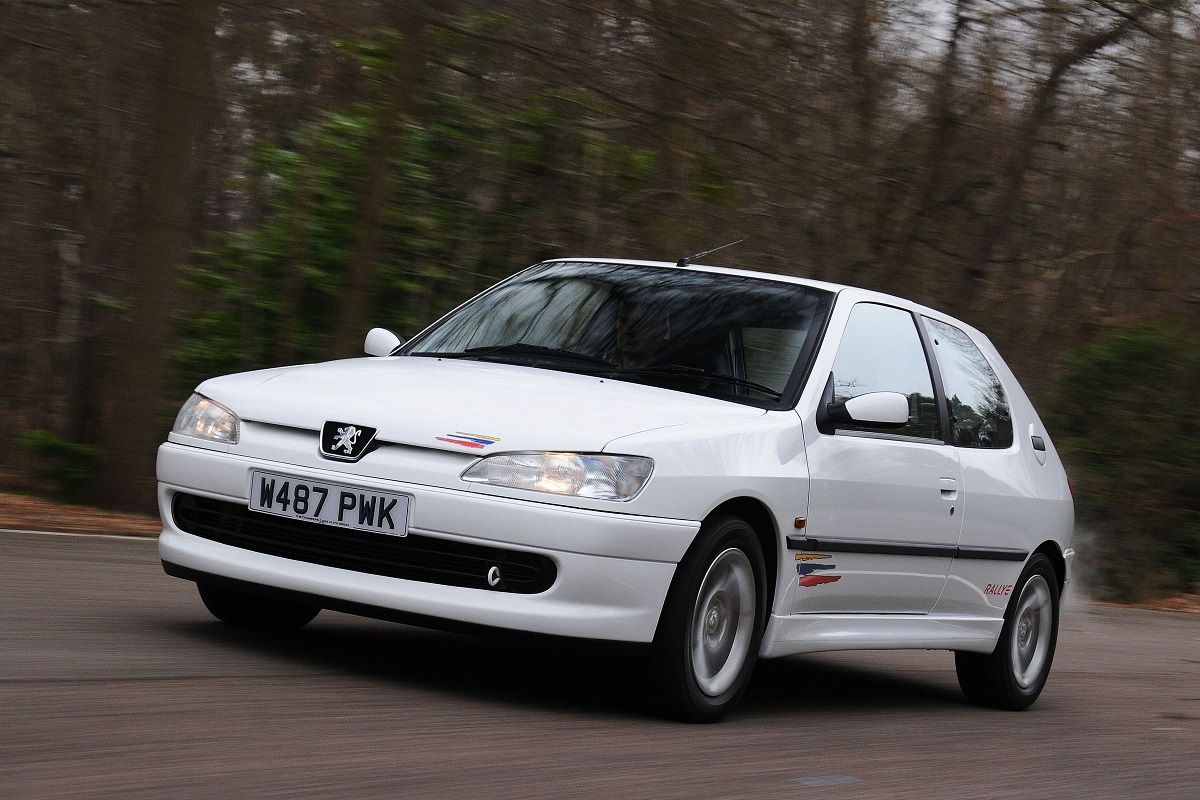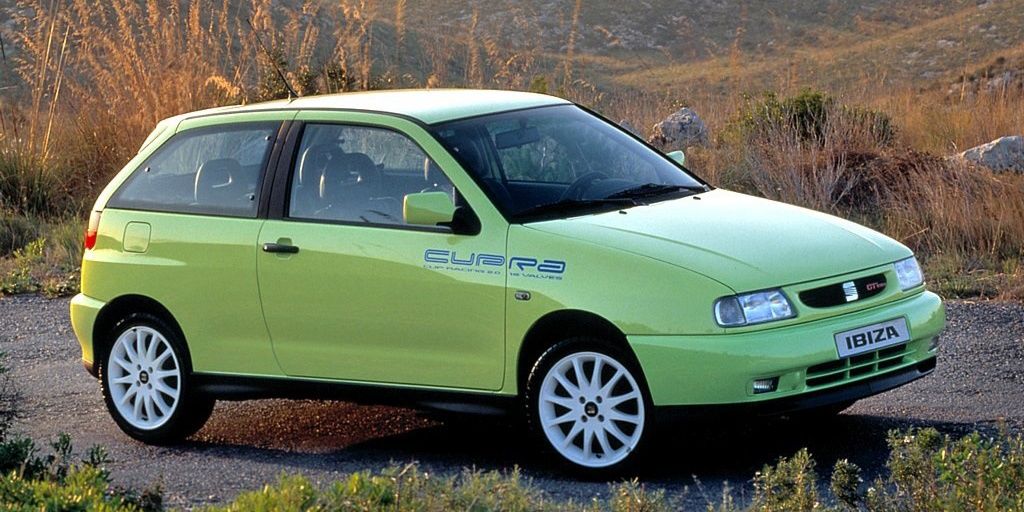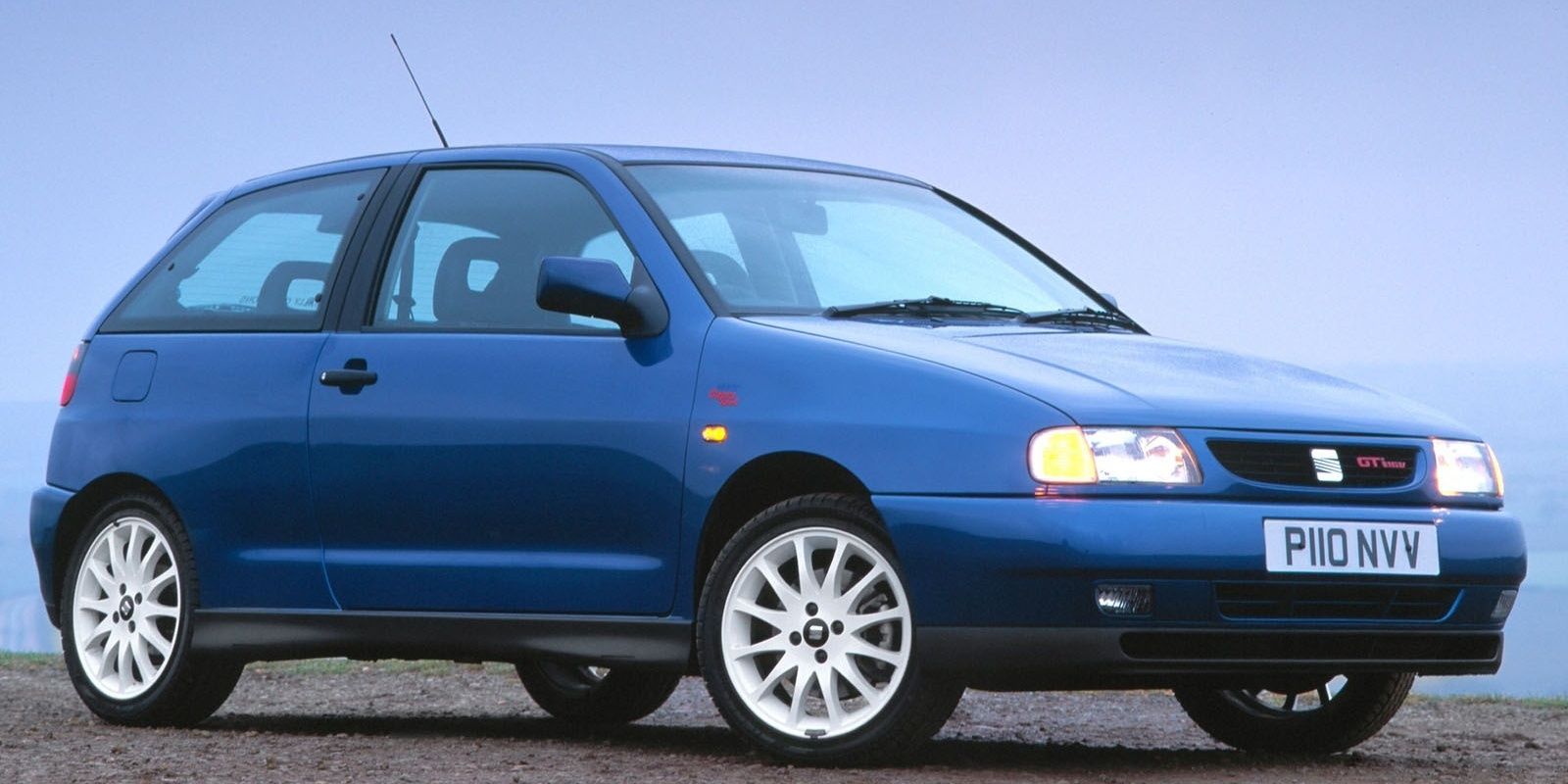Nothing beats the feeling of driving around in high-performance supercars like Ferraris or Lamborghinis. Unfortunately, this is a feeling that most gearheads never get to experience, thanks to the astronomical price tags most supercars have. Thankfully, the hot hatch segment has been growing steadily over the decades, giving us fast and exciting cars that don't cost an arm and a leg.
Over the years, manufacturers have produced hot hatchbacks that look quite harmless from the outside but have massive engines and other upgrades to make them quick and extremely fun to drive. Thanks to these ten amazing classic cars, the 80s-90s era is regarded as the greatest for hot hatches.
10 1986 Peugeot 205 GTI
The Peugeot 205 GTI is widely considered to be one of the greatest French cars ever, and the car that single-handedly turned Peugeot's fortunes around. The 205 originally came with a 115-horsepower 1.6-liter engine but was later upgraded to a 130-horsepower 1.9-liter engine in 1986, making it amazingly quick off the line.
While 130 horsepower doesn't sound like much, the 205 GTI weighed just under 2,000 pounds. It could accelerate to 62 mph in 7.8 seconds - impressive, considering that the BMW M3 of the time was just a second quicker. The lack of weight made the 205 GTI feel sharp in the corners.
9 1985 Renault 5 GT Turbo
If there's one thing Renault is known for, it's the incredible lineup of hot hatchbacks. Renault has consistently produced great hot hatches for the past four decades, and the most iconic has to be the 5 GT Turbo. For starters, the 5 GT Turbo was one of the best-looking cars of the 80s, thanks to chunky bumpers, stylish yellow fog lights, side skirts and wheel arch extensions, and Alpine-style alloy wheels.
Powering the 5 GT Turbo was a turbocharged 1.4-liter engine cranking out 120 horsepower, enough to propel the car to 62 mph in 7.5 seconds.
8 1984 Ford Escort RS Turbo S1
In 1963, Ford Motor Company founded TeamRS with one mission - to make high-performance versions of its ordinary cars. The Escort RS Turbo S1 came out in 1984, and it was an instant hit. This car looked cool thanks to body-colored bumpers and a rear wing, and it had the power to match.
Powering the Escort RS Turbo S1 was a 1.6-liter turbocharged CVH engine producing a massive 132 horsepower. To ensure that the Escort RS Turbo could handle all that power, Ford toughened the chassis and equipped it with a limited-slip differential - the first of its kind in a production car.
7 1988 Vauxhall Astra GTE 16v
When the Astra GTE came out in 1984, consumers had mixed reactions towards it. Some people liked its design and practicality, but the vast majority of gearheads thought it lacked in performance and handling compared to other hot hatches. Vauxhall wanted to impress its fans, so after four years, it launched an upgraded version - the Astra GTE 16V.
Introduced in 1988, the Astra GTE 16V was an entirely different beast. It came with a new 2.0-liter 16-valve engine producing 150 horsepower and 150 pound-feet of torque, allowing it to reach a top speed of 137 mph.
6 1986 Volkswagen Golf GTI Mk2
When Volkswagen unveiled the Golf GTI Mk1 in 1976, buyers and critics were blown away. The Golf GTI was reliable, comfortable, practical, and came with unique badging and red highlights that made it look sporty. Unfortunately, the Golf GTI Mk1 had a small 112-horsepower engine that just wasn't good enough.
Years later, Volkswagen unveiled the Golf GTI Mk2, and it fixed the Mk1's problem. A 1.8-liter 16-valve inline-four engine increased the power output to 136 horsepower, while a stiffer, lower suspension ensured that the driver could handle all the power easily.
5 1990 Ford Fiesta RS Turbo
The 1981 Ford Fiesta XR2i had the quintessential hot hatch design. It had a blue-striped body kit, round headlights, bumper-mounted quad fog lights, wheel arch extensions, and a rear spoiler. However, its stodgy handling and unrefined engine made it a hot hatch in appearance only, so Ford's Special Vehicle Engineering department stepped in to give it a much-needed upgrade.
The result was the Ford Fiesta RS Turbo, a boosty and brawny hot hatch that brought excitement to anyone who sat behind its wheel. At the heart of the Fiesta RS Turbo was a 1.6-liter turbocharged inline-four engine producing 133 horsepower and 134 pound-feet of torque.
4 1992 Ford Escort RS Cosworth
After dominating the touring car racing world with the Sierra RS500 Cosworth, Ford wanted to build a car to compete against the French and Germans in the World Rally Championships. The Escort RS Cosworth was the car Ford built, and it turned out to be a lot more powerful than expected.
It came with a Cosworth-tuned 2.0-liter turbocharged engine producing up to 227 horsepower. The Escort RS Cosworth famously had turbo lag issues, but once the boost kicked in at around 2,500rpm, the car took just 5.7 seconds to reach 62 mph from a standstill.
3 1993 Renault Clio Williams
Renault has always considered itself the king of hot hatchbacks, so it didn't like how everyone was madly in love with the Peugeot 205 GTI in the early 90s. After years of development, Renault unveiled the Clio Williams in 1993, aiming to wrestle the hot hatch crown from the 205 GTI. It worked like a charm.
The Clio Williams was developed as a homologation special for Renault to go rallying, so it needed lots of power and excellent driving dynamics. A reworked engine increased its output to 148 horsepower while uprated springs, beefier dampers, wider tracks, and strengthened gearbox gave it nifty handling.
2 1999 Peugeot 306 Rallye
Introduced in 1996, the Peugeot 306 GTi-6 was adored by motoring enthusiasts and journalists, and for a good reason. Like its legendary ancestor, the 205 GTI, the 306 GTi-6 offered lots of grip and had an upgraded chassis that put the Renault Mégane and Volkswagen Golf GTI of the day to shame.
Fast forward to 1999, and Peugeot introduced a limited edition variant of the 306 GTi-6 with one mission - pure speed. Dubbed the 306 Rallye, this car was stripped of electric windows and air conditioning, reducing weight by almost 150 pounds. The result was a 137-mph top speed and a car that handled better than some of the best sports cars of the 90s.
1 1996 Seat Ibiza Cupra
Having helped create the hot hatch genre, the Volkswagen Golf GTI had gone off the rails by the time its third generation came out in the 90s. An increase in weight without significant engine upgrades meant that the Golf GTI was slower and worse at handling than previous iterations. The Seat Ibiza Cupra was introduced to solve this problem.
Based on a modified Golf GTI Mk3 platform, the Ibiza was the first model Seat produced after Volkswagen bought it. The Ibiza came with the same 150-horsepower 2.0-liter engine as the Golf GTI, but since it was smaller in size and lighter, it could outperform the Golf GTi, whether in a straight line or through corners.

